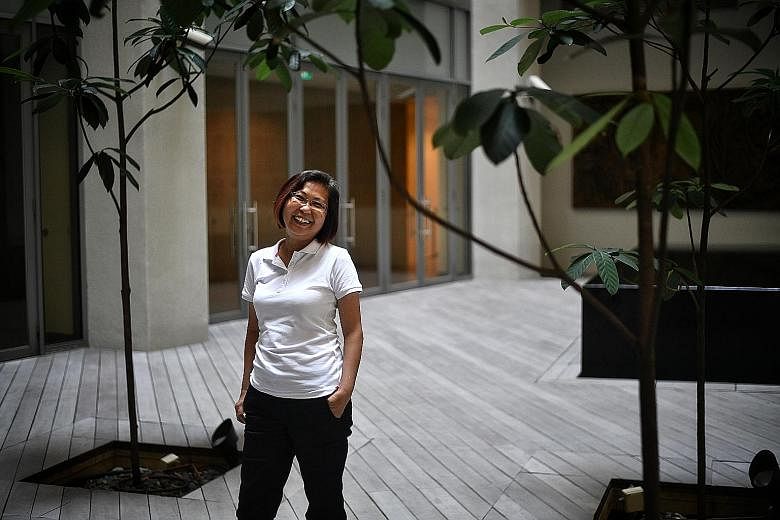For five years, housewife Juay Siew Cheng, 53, cried every morning when she tried to get out of bed because her stiff and inflamed joints caused her so much pain.
She had to be up by 6.45am on weekdays so that her husband, who is in property management, could help her get ready for the day, including carrying her to the bathroom, before he left for work at 7am.
Madam Juay has rheumatoid arthritis, an autoimmune disorder. It occurs when the immune system mistakenly attacks the body's tissues and causes inflamed joints.
It started when she found painful swellings on her upper back in mid- 2007. She went for a massage to ease the pain but it made the pain worse.
She tried cupping therapy, a traditional Chinese medicine (TCM) therapy in which plastic or glass cups are used to apply suction and heat to the meridian points on the body, but her condition did not improve after five or six sessions.
The inflammation and pain spread to her ankles. "My ankles became swollen and I couldn't walk properly. I went to see a doctor at a hospital in 2008 and was diagnosed with rheumatoid arthritis," she said in Mandarin.
Her daughter, an only child who was 13 then, had to take care of herself.
In a bid to get well, Madam Juay took the medication prescribed by the doctor at the hospital.
She also saw four TCM practitioners and took the herbal concoctions they prescribed over a course of three years.
Her condition did not improve, so she stopped seeing the TCM practitioners and took only the Western medication, going through various types as some gave her unpleasant side effects.
One drug gave her rashes and another caused her to lose vision in one eye temporarily.
Her condition worsened and she did not go out unless it was for a medical appointment.
"I had intense pain in my ankle joints. I'd drag my feet and rest after taking a few steps," she said. "I didn't want to rely on a wheelchair but my condition progressed to a stage where I had no choice."
When Madam Juay sought help at the National University Hospital (NUH) in 2013, she was given stronger infusion-based drugs as her condition was severe.
Such targeted infusions or injections are typically given to patients who fail to respond to conventional oral drugs, which was what Madam Juay took for five years.
She said: "The second day after that, I could walk to the corridor. It was amazing.
"My world had been in darkness for five years. I could not accept that I had become handicapped as I am a very active person and I love to go out."
In 2014, Madam Juay finally ventured out on her own. She also started to walk more. By 2015, she could do without the wheelchair.
She now goes to NUH every three to four months for a check-up.
She receives a drug infusion every one to two years and injects herself with DMARD (disease- modifying anti-rheumatic drugs) medication every week to suppress the inflammation and pain in her joints.
Correction note: An earlier version of the story said Madam Juay sought help at the National University Hospital (NUH) in 2003. It is incorrect. Madam Juay sought help in 2013. We are sorry for the error.


